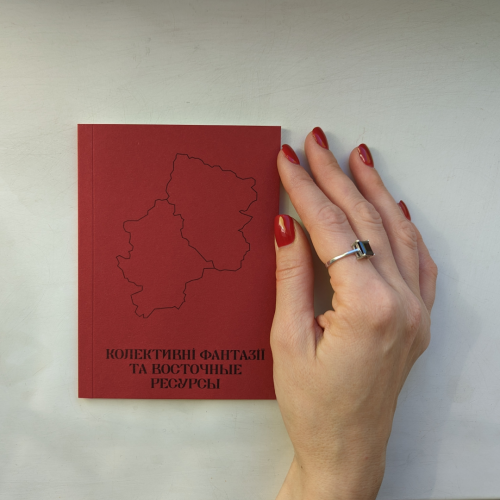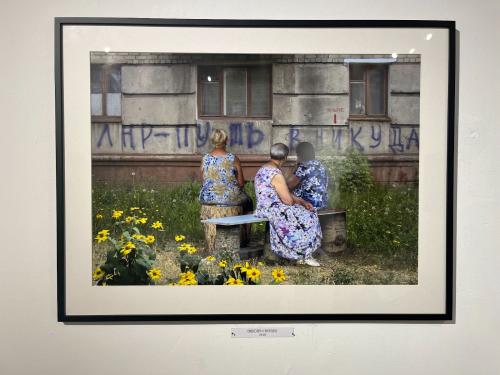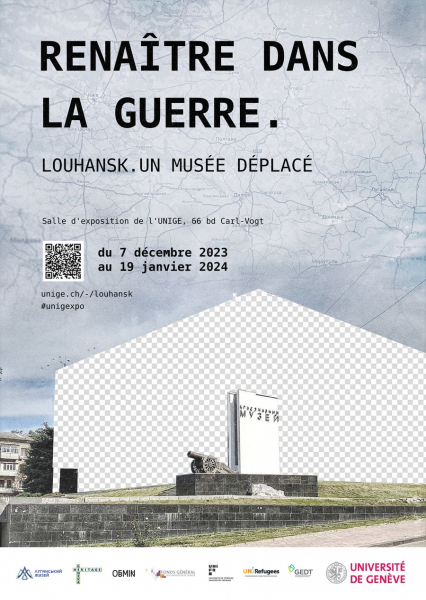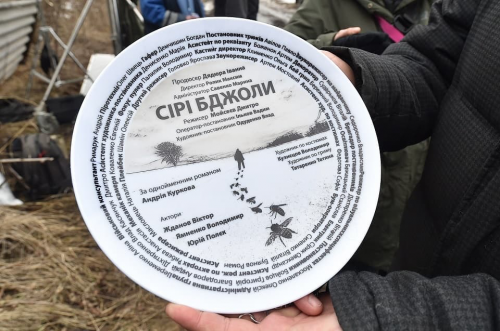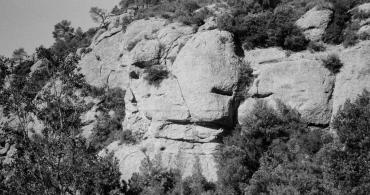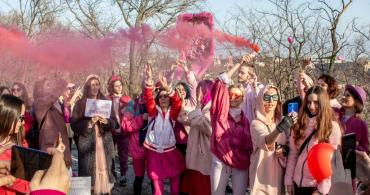Beyond the Spoil Tips: Art Projects About Donbas That Are Worth Knowing
Valeria Prylypko
Today, the Ukrainian East and its toponyms are inevitably associated with war. Indeed, over the past 10 years, the word "Donbas" has been inextricably linked to the ATO and the Russian occupation. White spots, myths, and politicized simplifications obscure Ukrainian society's understanding of itself and its individual cultural regions. Yet it is all the more interesting to broaden our understanding of the region and its history. Familiarizing yourself with works about the Ukrainian East is one way to deepen this understanding. Below is a short digest of multimedia projects about Donbas, focusing on local stories and emerging art from the region in recent years.
What to Skim Through
Catalog "Two-Thousand-Yard Stare"
Who: Gareleya Neotodryosh
What: Published in late 2022, the catalog presents works by 62 young Ukrainian artists created after the full-scale invasion and influenced by occupation, violence, and war. The diversity of genres (from comics and photography to performance and painting) and names makes the catalog a powerful representation of contemporary Ukrainian art, unrestricted by hierarchical institutional selection. "The 'two-thousand-yard stare' or an unfocused gaze into the abyss is a symptom of PTSD," the preface reads. "We want our catalog to become an opportunity to look into the eyes of our country through the prism of the reflections of artists who have experienced the wartime terror of the russian army."
Where: You can order the catalog through the form.


